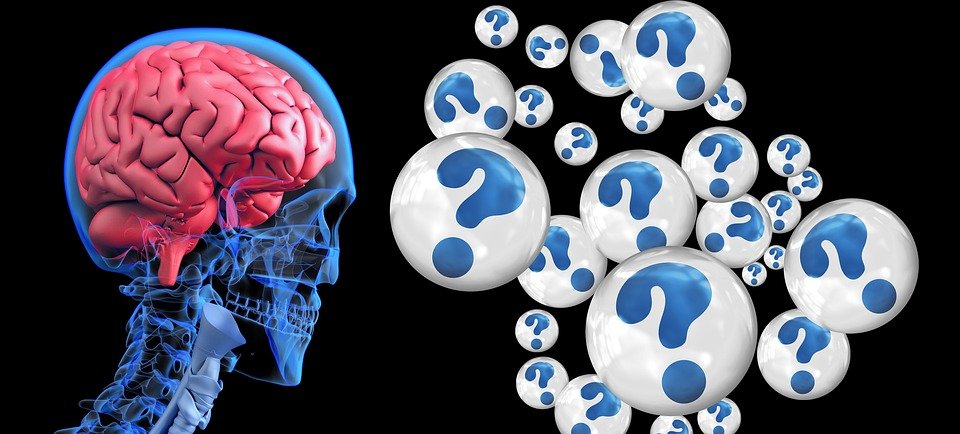Title: Cosmic Connection: How Panspermia Challenges Our Understanding of life
Introduction
The origin of life on Earth is a question that has intrigued scientists, philosophers, and theologians for centuries. While many theories have been proposed, the concept of panspermia offers a radical new perspective, suggesting that life may not have emerged on our planet alone, but rather, that the seeds of life may have been spread throughout the cosmos. This article will explore the concept of panspermia, its implications for our understanding of life, and the scientific evidence that supports this revolutionary idea.
What is Panspermia?
Panspermia is a theory that proposes that life exists throughout the universe, distributed by cosmic objects such as asteroids, comets, and meteoroids. The idea is that these objects, containing organic compounds and possibly even microbial life, could have collided with planets like Earth, seeding life and allowing it to evolve over time.
There are two main types of panspermia: lithopanspermia and interstellar panspermia. Lithopanspermia suggests that life could be transferred between planets within the same solar system, while interstellar panspermia posits that life could be transferred between different star systems.
Panspermia challenges the traditional understanding of life’s origin, which is typically rooted in the concept of abiogenesis—the idea that life arose from non-living matter through natural processes. Panspermia instead suggests that life may have originated in multiple locations throughout the universe and that Earth may be just one of many planets hosting life.
The Scientific Evidence for Panspermia
While panspermia may sound like a science fiction concept, there is a growing body of evidence that supports the idea. Some key findings include:
1. Organic compounds in space: The discovery of organic compounds, such as amino acids and nucleobases, in meteorites and on comets indicates that the building blocks of life are abundant in space. For example, the Murchison meteorite, which fell in Australia in 1969, was found to contain over 90 different amino acids, some of which are not found on Earth.
2. Extremophiles: The existence of extremophiles, microorganisms that can survive and thrive in extreme conditions, suggests that life could potentially survive the harsh conditions of space. Some extremophiles, such as tardigrades, can withstand extreme temperatures, radiation, and even the vacuum of space, lending credibility to the idea that life could be transferred between planets.
3. Meteorite impacts: The study of meteorite impacts on Earth has shown that these collisions could have potentially delivered organic compounds and even viable microorganisms to our planet. For example, a 2013 study published in the journal Astrobiology found that certain types of bacteria could survive the shock and heat of a meteorite impact, suggesting that life could indeed be transferred between celestial bodies.
4. Fossilized microorganisms in meteorites: Some meteorites have been found to contain what appear to be fossilized microorganisms, supporting the idea that life could have originated elsewhere and been seeded on Earth. However, the interpretation of these findings remains controversial, as some scientists argue that the structures could be the result of non-biological processes.
Implications and Future Research
The idea of panspermia has significant implications for our understanding of life, as it suggests that the emergence of life may not be unique to Earth. If life has indeed been seeded throughout the cosmos, it raises the possibility that other planets may host life, and that extraterrestrial life may be more common than we once thought.
As our capabilities for exploring our solar system and beyond continue to advance, the search for extraterrestrial life will undoubtedly remain a major focus of scientific inquiry. Future missions to Mars, Europa, and other celestial bodies may provide further evidence for panspermia and help to answer the age-old question of the origin of life.
Conclusion
Panspermia represents a paradigm shift in our understanding of life’s origin, suggesting that the seeds of life may be spread throughout the cosmos. While the theory is still a subject of ongoing research and debate, the growing body of evidence supporting panspermia challenges our traditional understanding of life and opens up exciting new possibilities for the existence of extraterrestrial life. As we continue to explore our universe, the cosmic connection between all living things may become increasingly apparent, forever changing the way we view life on Earth and beyond.

